According to You: 7 unsung automotive heroes
Last’s week’s question generated some fantastic answers, as they are so many underrated and unsung heroes of the automobile. While the likes of Henry Ford and Carroll Shelby have earned a rightful place in our hearts, we need to make room for more heroes. Why not open up for these seven suggestions, offered to us by the Hagerty Community?
Henry Leland

The immensely talented Bob Elton started us off with one of the more overlooked automotive heroes. Community member @Roger also chimed with his approval, because this was indeed a “great nomination.”
“Henry Leland is the greatest unknown auto pioneer. He created precision manufacturing, which allowed interchangeable parts, which in turn allows wrenchers like us to swap in new parts for rears. His relocation to Detroit made it the Motor City. He inspired lots of other auto pioneers, like the Dodge Brothers, and Henry Ford’s feud with Leland shaped Detroit, Michigan, and lots of modern America.
Along the way, he created Cadillac, and then later Lincoln. Yet no one knows of him, partly because he never named a car after himself, and never had a Detroit landmark named after him.”
Roy Lunn
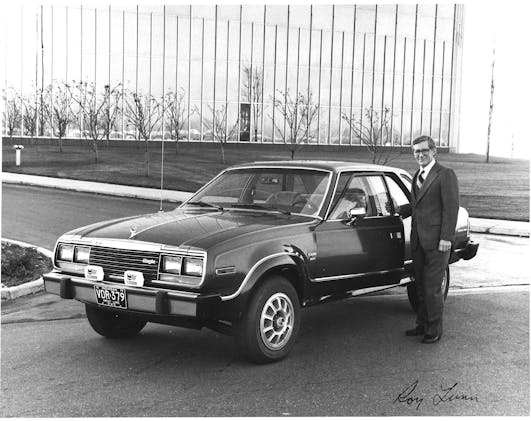
Hagerty’s own Ronnie Schreiber recommended a man with a portfolio of accomplishments that are the envy of the automotive world. Clearly, Mr. Lunn earned his nomination to this list.
“Roy Lunn: He was responsible for the Aston Martin DB2, the original Ford Anglia, and the mid-engine Mustang I concept. He was in charge of the Ford GT40 program, and then moved to AMC where here engineered the most durable American car ever: the Jeep Cherokee. From there he invented the crossover with production of the AMC Eagle 4×4, and he also designed the Renault Sports Racer for the SCCA’s first spec racing series.”
Charles Kettering
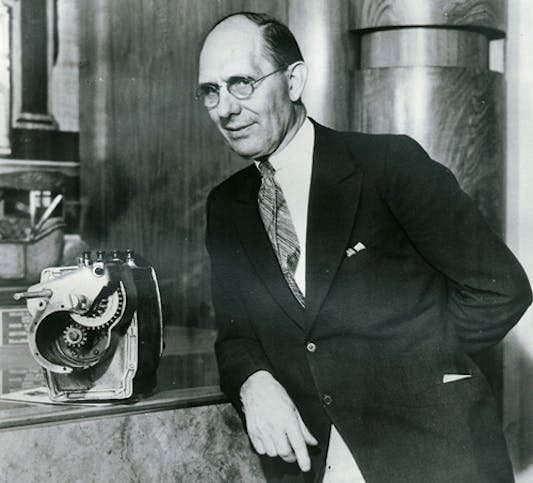
To say Kettering is under-represented in our automotive society is an understatement. It wasn’t until 1998 that he got his name on the university he inspired (for lack of a better word), so @hyperv6’s recommendation was very appropriate:
“Charles Kettering was a inventor on the scale of Edison but his products where less well known to the consumer directly. His best was the electric starter. Also he created Freon for AC and refrigerators, and created better paints for the Dupont company when they were combined with GM. This led to a large number of colors being offered. All Ford model T cars were generally painted black as it was cheap and easy. Kettering made it so colors were cheap and easy to apply.
- The Two Stroke Diesel was advanced under his work. This advanced trucks, trains, and large construction equipment. He invented the Incubator for premature babies and a host of lighting and electrical equipment
- Leaded gas that created higher compressions so we could have more powerful and efficient engines.
- He even created the first cruise missile with the Doddle Bug. It was a flying radio controlled flying bomb.
- He worked in the early stages of solar energy and magnetic applications for diagnostic medicine.
- He even created generators for farms and storage battery systems for farms far from a power grid.
- The Slone Kettering Cancer Center also was a legacy. The GM engineering school is the Kettering institute.
Just imagine the things he created and just how they contributed to the automotive field and the building of GM into a large corporation. [Without Kettering,] there would be no Fridigare, Delco, and many other things. Much of America was built with GM technology and products and many of them were due to Charles. Even here in Ohio just an hour where he was from he is often a forgotten unsung hero.”
Eddie Rickenbacker

We received another great recommendation from @hyperv6:
“I’ll another Ohioan to the list, but he only played part of his life as a Auto magnate: Eddie Rickenbacker. He was an early automotive mechanic at the dawn of the automobile. Then a motorcycle racer, early auto engineer, auto racer, Flying War Ace, owner of the Indianapolis Motor Speedway. He even created Eastern Airlines.
Eddie was a spy for America on Russia, survived an airline crash and B17 crash at sea, and was lost for nearly 3 weeks. He created Rickenbacker cars and was a VP for GM for a number of years. His life could not be shown in two hours and would take a mini series to really tell his whole story.”
Sir Alec Issigonis

Hagerty Community member @rob recommended someone that isn’t necessarily a household name in America, though he probably should be.
“Sir Alec Issigonis, the designer of the Mini and Morris Minor. He also designed the suspension in the late 30s that Morris Motors, MG, etc used until 1980. Truly a brilliant designer, and was also credited with the quote, ‘a camel is a horse designed by committee’.”
Walter P Chrysler
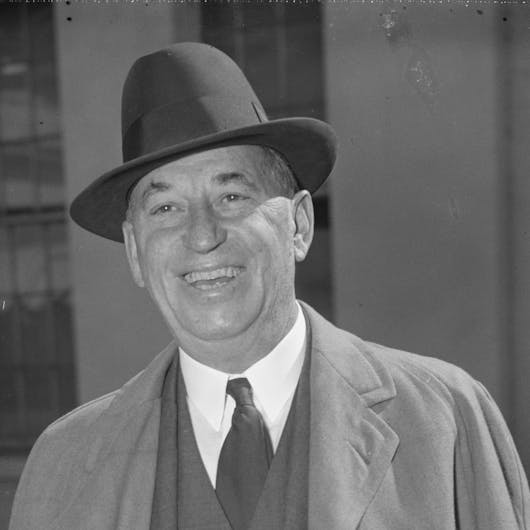
@Mike brought up many good points about the founder of the Chrysler corporation, especially compared to the folk hero status of his contemporary, Henry Ford.
“Compared with Henry Ford, Walter P. Chrysler is unsung. Ford may’ve produced affordable wheels, but Chrysler produced affordable engineering. Since few here gathered apparently read anything indepth, judging by the spelling and awkward prose, suggest starting with the Wikipedia entry on Walter Chrysler.
Despite only a high school education, like 10th-grade dropout Errett Lobban Cord who funded a classical music station simply because he thought Los Angeles should have one, Chrysler endowed symphonies and art galleries because he realized human invention and intellect [should not be] not compartmentalized.
While GM’s and Ford’s bloody opposition to the UAW were national disgraces, Chrysler tried psychological ploys like electric signs along the walls in the workers’ cafeteria—where he always ate lunch—displaying the results of national ballgames, but seeing the inevitable and always considering himself first a “workingman,” quietly accepted the union, as did Hudson, Nash, Packard and the others.
Perhaps it’s not surprising that to many of us ex-NYers, the Chrysler Building is still Manhattan’s most beautiful spire. For years, the tools Chrysler used to set steam locomotive valves, which is how he started and made a name for himself, were on display in the Chrysler Building’s lobby. There were no stronger, better built cars in the ’30s than Chrysler and DeSoto Airflows, regardless their unpopular style.
BTW, you could buy five arguably lovelier 1931–33 Chrysler Imperials for the price of a Model J Duesenberg, the latter taking several iterations and nine years to find 480 buyers, obsolete two years after its introduction. Regardless how many casino and pizza chain owners [or] TV comedians own them, anyone thinking a Model J is five times better than a 1931–33 Chrysler Imperial needs to take a careful look at, if not drive, both. Most Js in road trim only go 10 mph faster, [and have] a long timing chain [prone to] stretching at high rpm upsetting valve timing, front end vibration typical of most long wheelbase cars when cart springing about at the end of its tether. DOHC and a cuckoo clock box of timing gears flashing lights to remind the driver it was time to change oil, check battery water, and that the Bijur chassis oiling system used in many premium cars in operation do not make a car worth five (5) times more. Other than some Hollywooders, playboys/playgirls, scions of industrial wealth, most buyers quickly grasped this.
Ford V-8s were spunky and fast, Chevy sixes smooth, but a Plymouth had full pressure oiling, hydraulic brakes and those of the early ’30s were exceptionally pretty rides. But if sheer affordable speed [is what you] wanted, a ’33 Terraplane Eight would run away from them and most anything else on the road then.”
Ed Cole
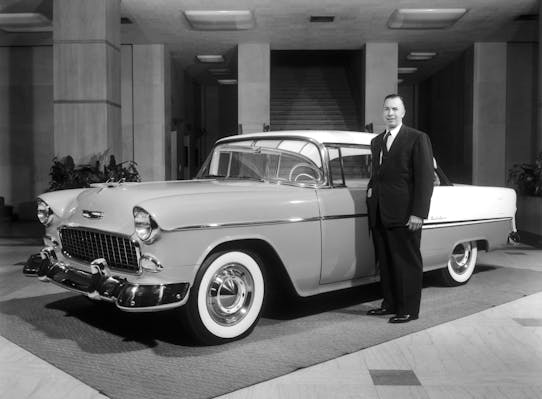
@Tim reminded us that although General Motors fostered a lot of fantastic talent, one of them was a key player in making many of the Chevrolets we know and love:
“Ed Cole. His work with Cadillac, then Chevrolet, was outstanding. The small block Chevrolet V-8 was his baby!”
Clearly, these choices aren’t the only unsung heroes of the automobile, but they are a great jump start to the conversation. So please, tell us below, what unsung automotive heroes need more recognition?
***
Check out the Hagerty Media homepage so you don’t miss a single story, or better yet, bookmark it. To get our best stories delivered right to your inbox, subscribe to our newsletters.

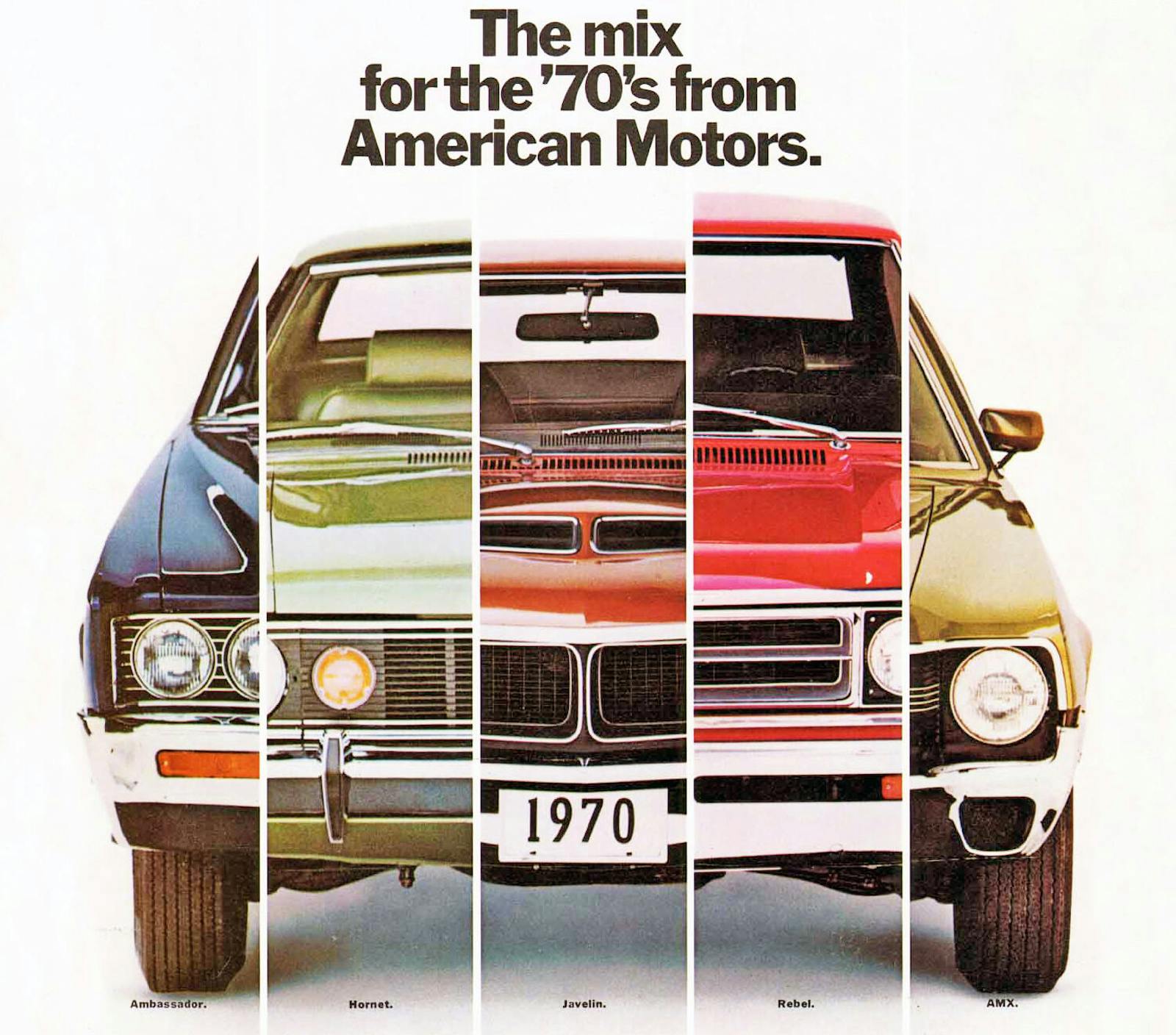

Just to bad we don’t have people like that today in the auto industry.
Elon Musk? And those who don’t agree with his politics, consider that we cut a lot of slack with Ford, Firestone, and Edison.
Elon is good at taking credit for other peoples hard work and innovative ways of generating cash.
You say Musk is crafty but not innovative? Like all these great auto giants, he certainly has a development team. He chooses them. He personally rescued Tesla from bankruptcy while the Big Three. Europe, Japan, and China have bought countless Tesla’s to copy and build on his innovations. One example: He is working on a new battery that doesn’t require cobalt which is an environmental disaster exploiting child labor in all electric cars.
He personally rescued Tesla from bankruptcy while the Big Three, plus Europe, Japan, and China have bought countless Tesla’s to copy and dissect to build on his innovations. One example: He is working on a new battery that doesn’t require cobalt which is an environmental disaster exploiting child labor in all electric cars.
Edison owned the Edison Labratory in New Jersey and he had dozens of people inventing things there. Edison got the credit for all of the inventions.
As were Henry Ford, many of whose ideas actually the work of C. H. Wills, who went on to found the high-quality Wills St. Claire. Edison took credit for all the breakthroughs at his West Orange, NJ skunk works. George Westinghouse’s organization produced as many patents as Edison & Company. But Westinghouse not only took care of all his workers, but allowed his engineers to retain the patents in their names.
When we hear people endlessly fawning over Elon Musk, John DeLorean, et al, we have to wonder how much do they know about the 120 years of automobilia– b o t h sides of the Atlantic and Channel?
alan leamy ,,, who remembers him ?
A-C-D stylist. But there were plenty of notable body designers both sides of the Atlantic and Channel, John.
Save Leamy for a Hagerty listicle on stylists. Because these non-articles cost them little– as much written by the posters — expect more of these Googled pile ons.
Henry ford should have been #1 Assembly line made the auto industry what it is today!
He is a bit too popular to be added to this list.
Maybe if he had invented the modern automotive assembly line, he would be on this list – but he didn’t.
It wasn’t Ford’s innovation. One of his lieutenants observed the overhead conveyors in a Chicago meatpacking plant.
Re Leland and interchangeable parts. He was late to the party… Eli Whitney, (born December 8, 1765, Westboro, Massachusetts [U.S.]—died January 8, 1825, New Haven, Connecticut, U.S.), American inventor, mechanical engineer, and manufacturer, best remembered as the inventor of the cotton gin but most important for developing the concept of mass production of interchangeable parts.
Good point, Monsignor Confessore. But too many here read nothing but car mags and can’t see past their garage door.
How about the workers at AMC who then went to Chrysler, tolerating, not only the Chrysler nepotism and cronyism, but also the French, German, and Italian cultures while trying to maintain our American integrity and the character of Jeep?
Just happy to see both Kettering and Rickenbacker in the list, they are truly legends. I was actually offered a free-ride to college at Kettering U for my engineering degree, but chose to instead pay to attend a different MI engineering school (with significant scholarships as I was top in my HS graduating class and still the highest ACT and SAT scores to ever come out of my school 20 years later, to toot my own horn a little), Michigan Technological University, for the reasons that it was both a higher rated engineering school and I would rather live in Houghton MI than Flint MI (or rather I would prefer to live in the woods than dodge bullets).
I would add Jean Albert Gregoire, a pioneer in FWD. He and friend created the first practical CVU joint, and used it in winning their clas at le Mans in 1928 or 1929.
F i n a l l y….someone includes a luminary from across the sea. Good catch, Monsieur Perodeau. As you observe, many here have but a “Classics Illustrated” grasp of automotive history.
Smokey Yunick. Read his book.
William L. Mitchell and Harley Earl for their styling genius.
I must agree that the Chrysler Building is still the most beautiful, not just in New York, but most anywhere. It is a beautiful example of Art Deco. The sad thing is he did not own the land and now the land owner is raising the rent so high the value of the building went from $800 million to $150 million (actual sale). I am afraid this is going to create a situation where the building will fall in disrepair. The current situations in the city and vacancy rates are not good either. I would hate to see us loose such a beautiful structure.
Sad indeed, James. If ever a monument by an industrialist deserved federal preservation, it is the Chrysler Building, ranked ninth on the List of America’s Favorite Architecture by the American Institute of Architects.
Too late for that other Manhattan cathedral to transportation, Penn Station. Even the glorious Grand Central Station narrowly escaped the wrecker’s ball thanks to Jackie Onassis and legendary architect Philip Johnson, who formed the Committee to Save Grand Central Station.
You forgot the best thing Kettering developed-the overhead valve Cadillac V8.
I would include whoever took the “Chance” to introduce the Dodge Paint Colors that no one liked, until they were passed by the Challengers, Chargers, and others, that created the Body Shops and Customization Industry. There must have been some long, and loud Business Meetings, to finally win the day and change Automotive History. Who were they?
That’s kinda one note, isn’t it, Mark?
Kettering has a city named for him. Who else has that?
Ford, for one.
Additional credit for Charles Kettering; he created the points-type ignition, a standard for 50 years thereafter
Fred & August Duesenberg, John & Horace Dodge…much more so than Eddie Rickenbacker…remember, the criteria is AUTOMOTIVE heroes…!